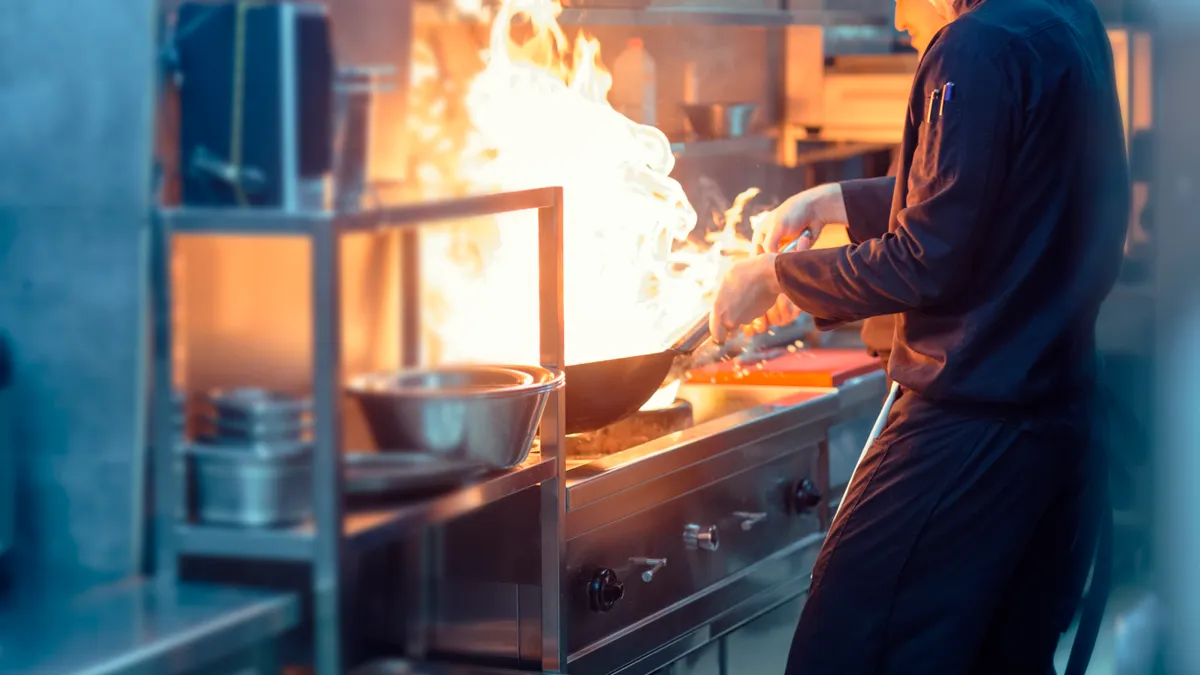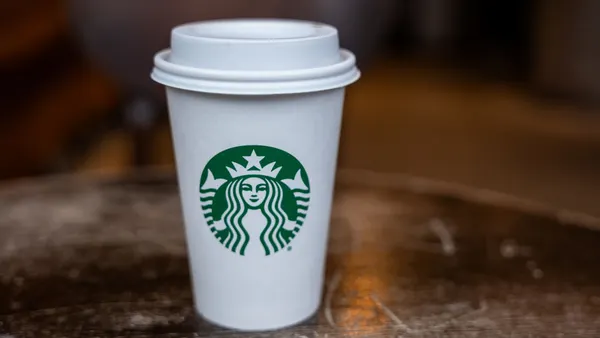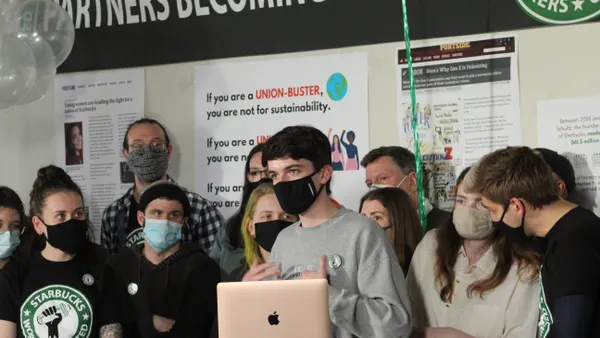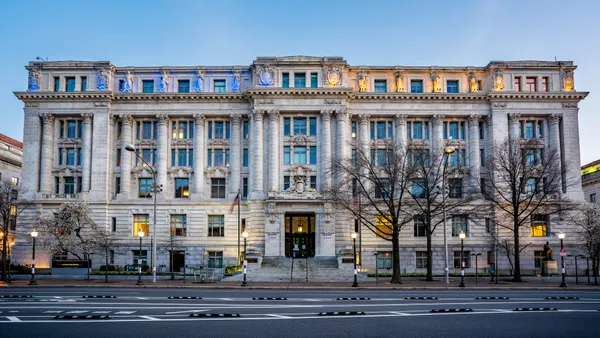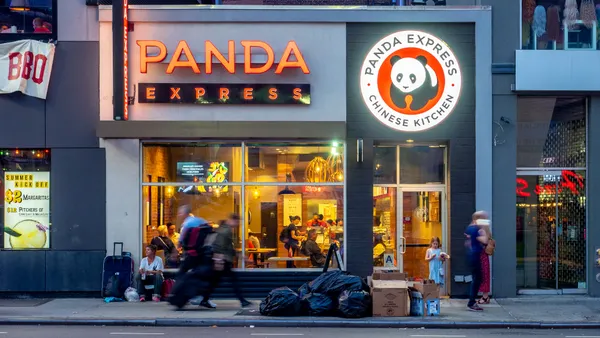Dive Brief:
- California’s Occupational Safety and Health Standards Board approved a standard on indoor, workplace heat exposure impacting indoor workplaces, the board announced last week.
- The new standards apply to indoor work areas where the temperature or heat index reach 87 degrees Fahrenheit or 82 degrees in areas with a high degree of radiant heat or in workplaces where workers wear clothing or gear that significantly restricts bodily heat loss. It also applies to workplaces where the temperature reaches 82 degrees, though with a large number of exceptions.
- Employers covered by the rule must provide access to clean drinking water and cool down areas to workers, with the latter defined as areas away from radiant heat sources, where workers can sit without touching each other, and where the air temperature is below 82 degrees, unless employers can demonstrate this is infeasible.
Dive Insight:
By the end of May, the National Oceanic and Atmospheric Administration recorded 12 consecutive months of record breaking global heat, and June has already seen major heatwaves in California and the eastern United States. Given the steady increase in both global average temperature and global atmospheric carbon dioxide, as measured by NASA, the hazards heat poses to workers are likely to increase.
Because most restaurant work occurs indoors, restaurant workers may be more insulated from the immediate dangers of extreme heat than workers in primarily outdoor occupations, like construction and agriculture, but higher temperatures can strain HVAC systems.
Some restaurant workers have staged workplace actions in protest of high kitchen temperatures. In San Jose, California, workers staged a one-day strike at a Taco Bell in June to protest conditions they said included extreme heat, according to a press release from the California Fast Food Workers Union. Later in June, QSR workers, including Popeyes employees, organized rallies in Durham, North Carolina; Charleston, South Carolina and Atlanta demanding consistent breaks with free water and adequate air conditioning, the Union of Southern Service Workers said in a statement.
Recently, a viral LinkedIn post claimed Chick-fil-A had provided some of its workers with cooling gear. Such cooling technology, however, is the lowest rung in the hierarchy of controls, a system of classifying safety practices. According to the Occupational Safety and Health Administration, PPE is less likely to be effective than practices that eliminate hazards, replace hazardous conditions with safer conditions, isolate workers from hazards through the built environment, or change the way employees work to avoid encountering hazards.
The California heat rule states that employers can use administrative controls where engineering controls are not feasible, and PPE where administrative controls are not feasible in an effort to reduce workers’ heat exposure.
The rule requires employers with high-heat work spaces to maintain accurate records of temperature and the heat index, whichever is greater. California will also mandate employers provide cooling breaks to workers in hot conditions.
The Office of Administrative Law has 30 working days from June 20, when the rule was approved, to review the proposed regulation. OSHSB asked the OAL to let the regulation take effect immediately upon approval.



